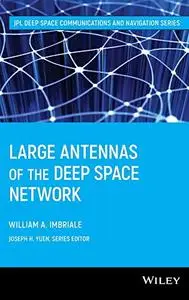Beaming Beyond: Revolutionizing Space Communication with Laser Technology
by Tom Barn
English | 2023 | ISBN: 8870927407 | ASIN: B0CPLBR42Z | 45 Pages | PDF | 10 MB
by Tom Barn
English | 2023 | ISBN: 8870927407 | ASIN: B0CPLBR42Z | 45 Pages | PDF | 10 MB
"Beaming Beyond: Revolutionizing Space Communication with Laser Technology" unveils the cosmic frontier of communication, transcending the limits of traditional methods with the brilliance of laser technology. In this captivating exploration, discover the pivotal role lasers play in reshaping how we connect with spacecraft, unravel the mysteries of distant worlds, and pave the way for unprecedented scientific discoveries.




